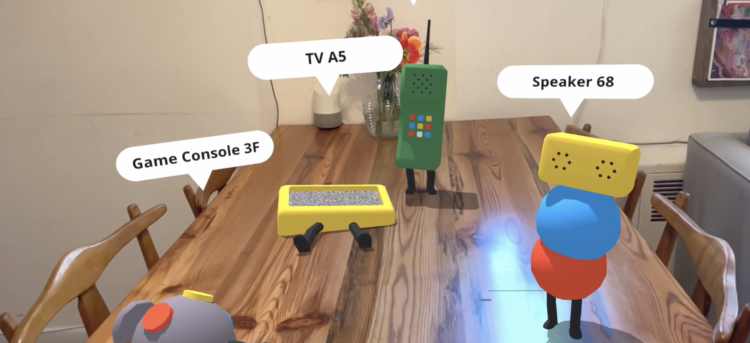Patrick Sisson for The New York Times reports on the growing popularity of tracking customer movement in stores:
Complicating efforts to address privacy concerns is a lack of regulatory clarity. Without an overarching federal privacy law or even a shared definition of personal data, retailers must sort through layers of state and municipal rules, such as California’s Consumer Privacy Act, said Gary Kibel, a partner at the law firm Davis+Gilbert who specializes in retail privacy.
Technology companies counter the pushback by noting that their systems are designed to limit what they collect and anonymize the rest. For instance, Standard AI’s system does not capture faces, so they cannot be analyzed with facial recognition technology.
Uh huh.
Tags: New York Times, optimization, privacy, retail, shopping
